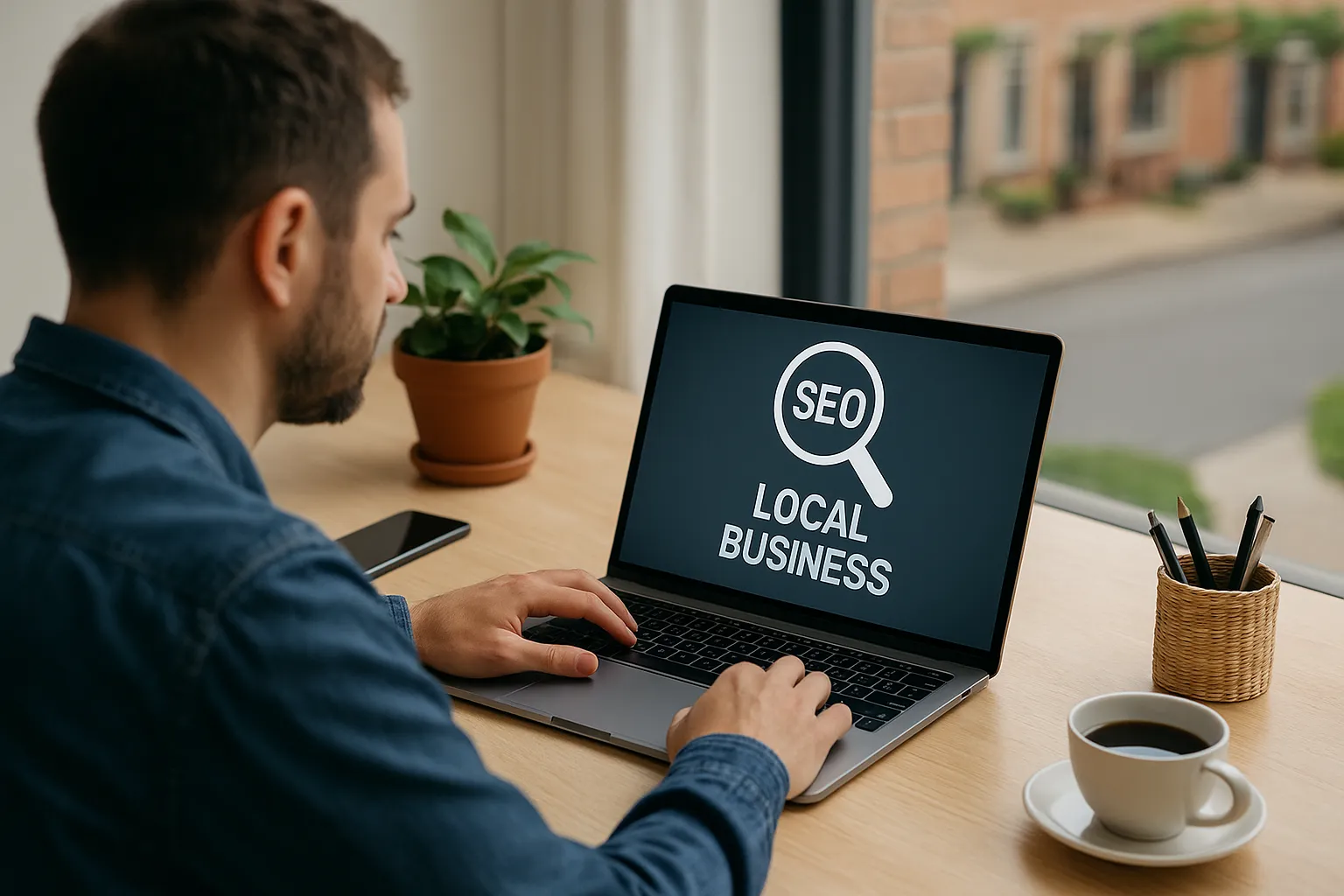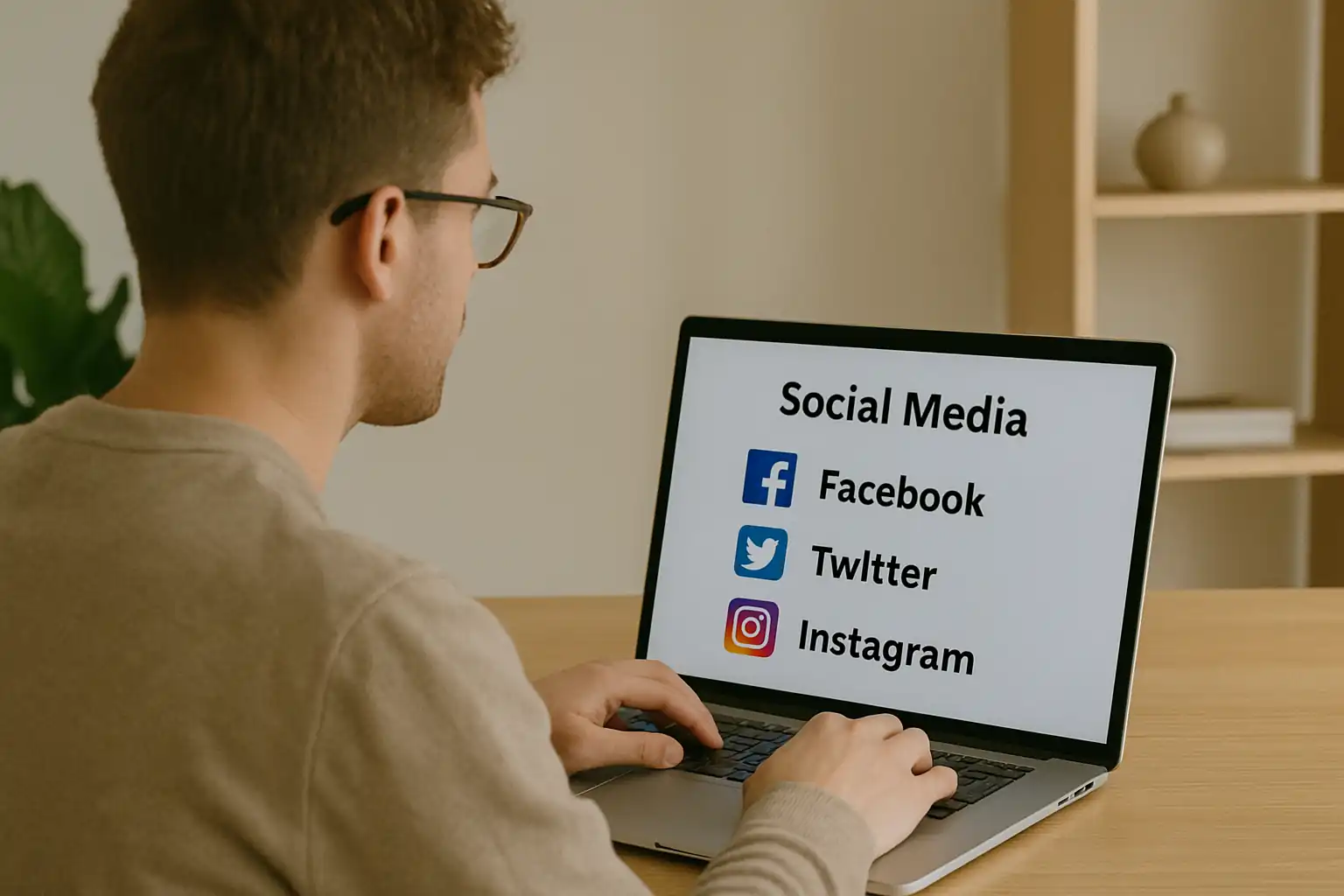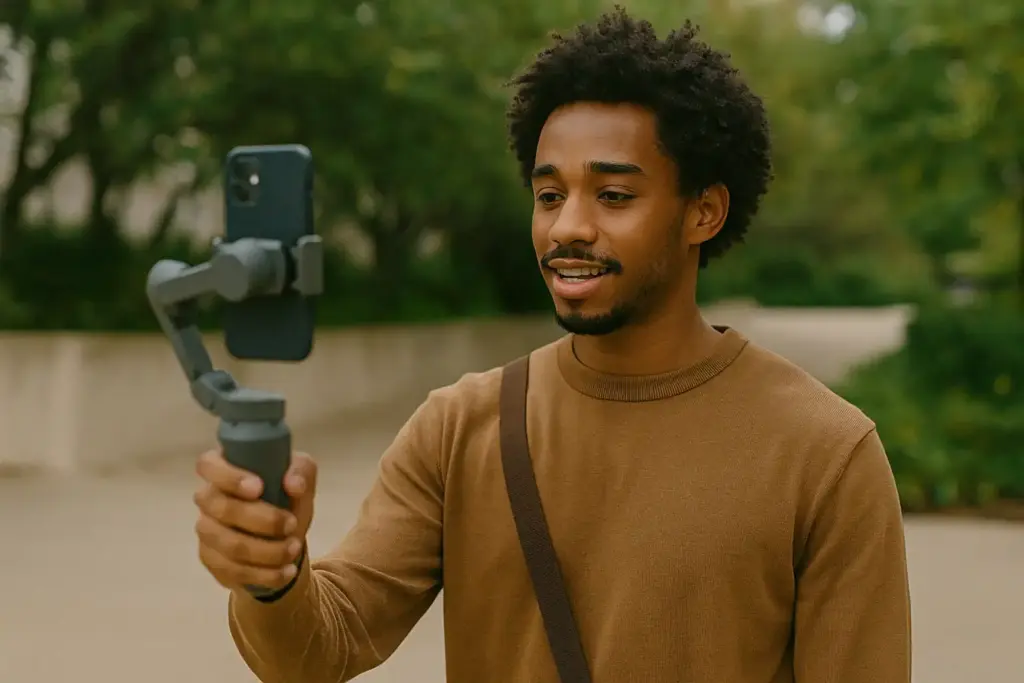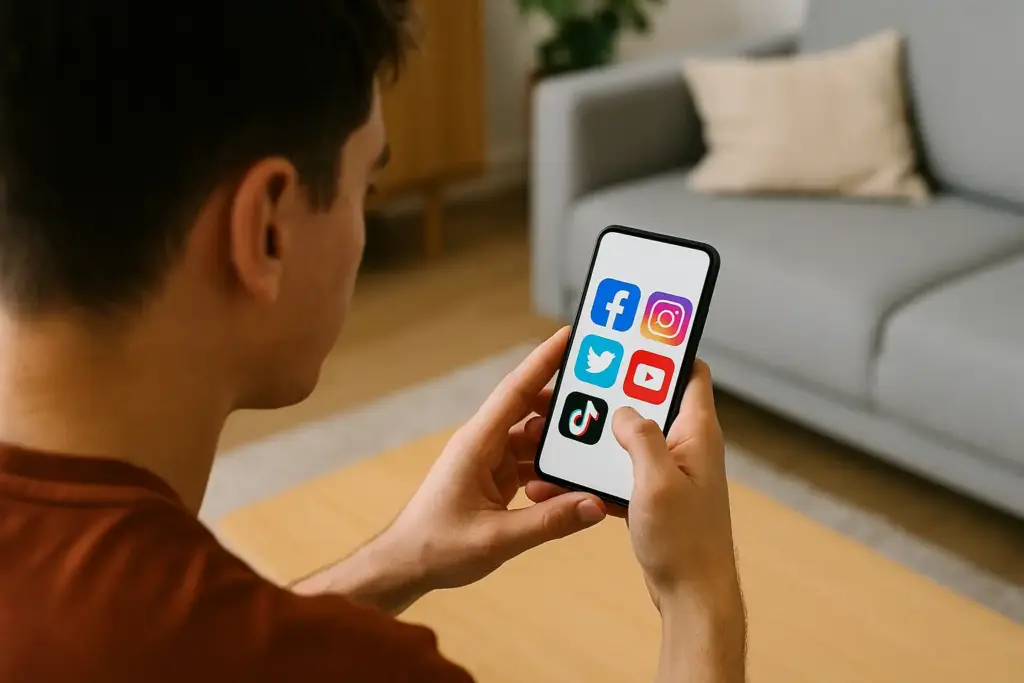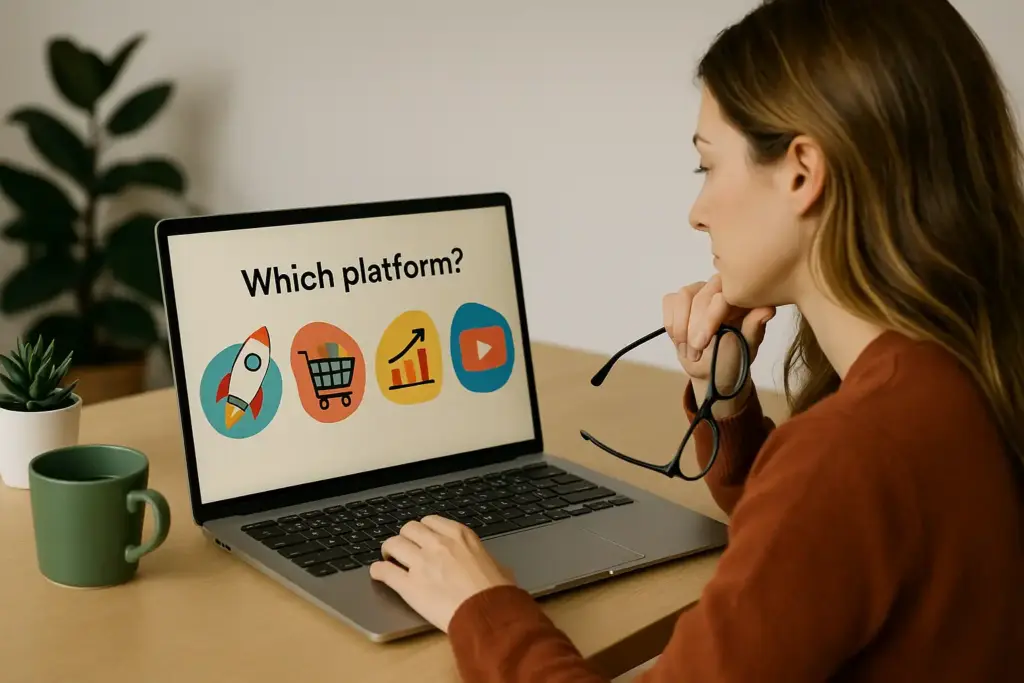Local SEO for Westport Businesses: Stand Out in Your Community
Westport customers are searching online right now. The question is, will they find your business or someone else’s?
Local SEO is how you make sure they find you first. It improves your visibility in local search results, brings more people to your door, and helps you stand out from the competition in your area.
This guide breaks down what local SEO means, how it works, and the exact steps to get it right. Along the way, we’ll share practical tools, real examples, and insights drawn from our experience helping businesses get noticed online.
If you’re looking for a way to grow your local visibility without ads or guesswork, you’re in the right place. Read on to find out how.
Understanding SEO for Your Business
SEO, or Search Engine Optimization, helps people find your business online when they search for what you offer. It involves improving various aspects of your website so that search engines like Google can better understand and rank your content.
This includes optimizing page titles, using relevant keywords, and ensuring your site is mobile-friendly.
These improvements help your website show up more often when people search for the services you offer. For instance, if someone in Westport searches for “best local bakery,” effective SEO increases the chances that your bakery appears at the top of the results.
This is especially important for local businesses. Most people searching for a local business want something nearby, and they usually choose from the first few results. If your site is not there, they will find someone else.
SEO helps your website earn this desired top-level position. It does this by aligning your site’s content with what people are searching for, building trust through quality backlinks, and ensuring a seamless user experience. You do not need a huge budget or a tech team. A clear plan and consistent effort are enough.
In fact, 76% of people who search on their smartphones for something nearby visit a business within a day, and 28% of those searches result in a purchase. (Source: Think with Google)
Now that we know what SEO is, let’s explore how to apply it right in your business.
Boosting Your Westport Presence Using Local SEO
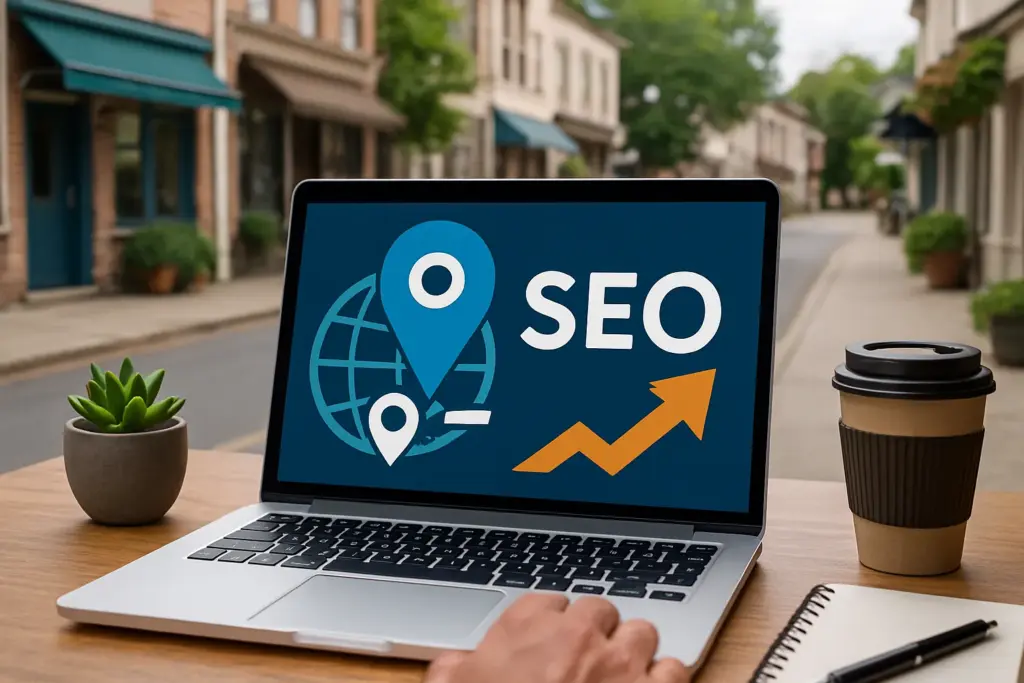
Local shoppers often decide where to go based on what they see in search results. If your business is not listed there, you’re already behind. People trust what shows up first, and they often choose a top result without scrolling much further.
Local SEO puts your business in front of people who are nearby and ready to act. It works by tying your website and online listings to your physical location. That means using Westport-specific keywords, optimizing your Google Business Profile, and building strong local links.
In our experience, we have found that when businesses include their location in page titles, service descriptions, and even blog posts, they get more traffic from local searches. One client saw a 43% increase in calls after making these changes.
Another smart move is to join local directories and business groups. These links to your website signal to Google that your business matters in the local area.
Let’s move on to your website next. That is where we will make sure all these local signals come together clearly.
Optimizing Your Business Website
Think of your website as the foundation of your entire SEO strategy. If it is not built properly, everything else you do will be less effective. A well-optimized website attracts more visitors and keeps them engaged. This increases the chance of conversions.
Optimizing your website means making it easier for both people and search engines to understand what you do, where you are, and how to reach you. We determined through our tests that just a few simple changes can significantly enhance your site’s performance.
For example:
- Speeding up your site with image compression and clean code ensures faster load times.
- Updating your meta titles and descriptions with real, local keywords helps search engines index your content accurately.
- Organizing your pages so that each service and location has its own URL improves user experience and SEO.
These changes help Google connect the dots and help users easily surf your site. When users stay longer or take action, your rankings improve because search engines interpret this behavior as a sign of valuable content.
According to Think with Google, 53% of mobile users will leave a site that takes longer than 3 seconds to load. This means if your site is slow, you could be losing over half your potential customers before they even see what your business offers.
Now that your website is in shape, it is time to make sure the rest of your online presence supports that success, starting with your business listings and customer reviews.
Expanding Website Reach Through Online Directories and Reviews
Local SEO doesn’t stop at your website. To truly boost your visibility, you also need accurate listings and a steady stream of online reviews. These two elements help search engines trust your business, and they influence how real customers choose where to go next.
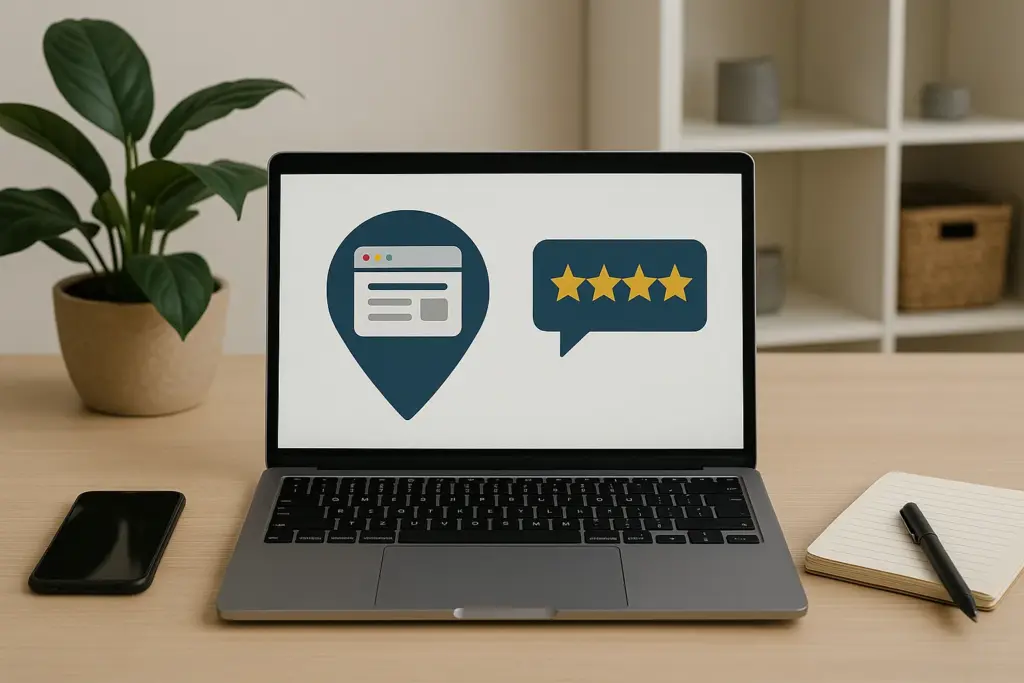
Keeping Your Listings Accurate and Consistent
Business listings (also known as citations) are online mentions of your business name, address, and phone number (NAP). Google uses these to check if your business is real and trustworthy. Inconsistent or outdated info can hold back your rankings.
Here’s what to do:
- Claim your listings on Google Business Profile, Bing Places, and Apple Maps.
- Check your NAP (name, address, phone) for accuracy across all platforms.
- Submit your business to local Westport directories, chamber of commerce sites, and industry-specific platforms.
These steps ensure that your business appears in more search results and earns credibility online.
Getting and Managing Online Reviews
Online reviews are often the deciding factor when someone chooses one local business over another. People trust feedback from other customers more than marketing copy.
A strong rating gives new customers confidence, while a lack of reviews can raise doubts. Search engines also favour businesses with recent, positive reviews because they see them as active and trustworthy.
Here’s how to get them working for you:
- Ask happy customers to leave reviews on Google, Facebook, or relevant directories.
- Send follow-up messages after a visit or purchase with a direct review link.
- Respond to all reviews, especially negative ones, to show that you care and resolve issues.
- Feature standout reviews on your website or social media to build trust with new visitors.
Drawing from our experience, a local café in Westport that had no online presence began asking loyal customers to leave short reviews after each visit. Within a month, they gained over 30 new reviews and jumped from position 9 to 3 in Google’s local pack. They also saw a 15% increase in bookings, most of which came directly through search.
Essential SEO Tools for Small Businesses
SEO can feel like a puzzle, but the right tools help put the pieces together. Using only a few reliable tools can simplify the work and gain clear insights into your website’s performance.
Start with these:
- Google Business Profile: Manage how your business appears in Google Search and Maps through your Google Business Profile. Keep your hours, location, and contact info up to date. A complete and accurate profile helps customers find and connect with your business more easily.
- Google Search Console: Monitor your website’s performance in Google Search. Identify which keywords bring traffic, spot broken links, and understand how Google views your site. Google Search Console provides valuable data to improve your site’s visibility.
- BrightLocal: Combine reviews, listings, and local rankings into one easy-to-use dashboard. BrightLocal helps you track your local SEO performance and manage your online reputation effectively.
- Moz Local: Ensure your business details are consistent across multiple directories. Moz Local helps you manage your online listings efficiently, which is important for maintaining a strong local presence.
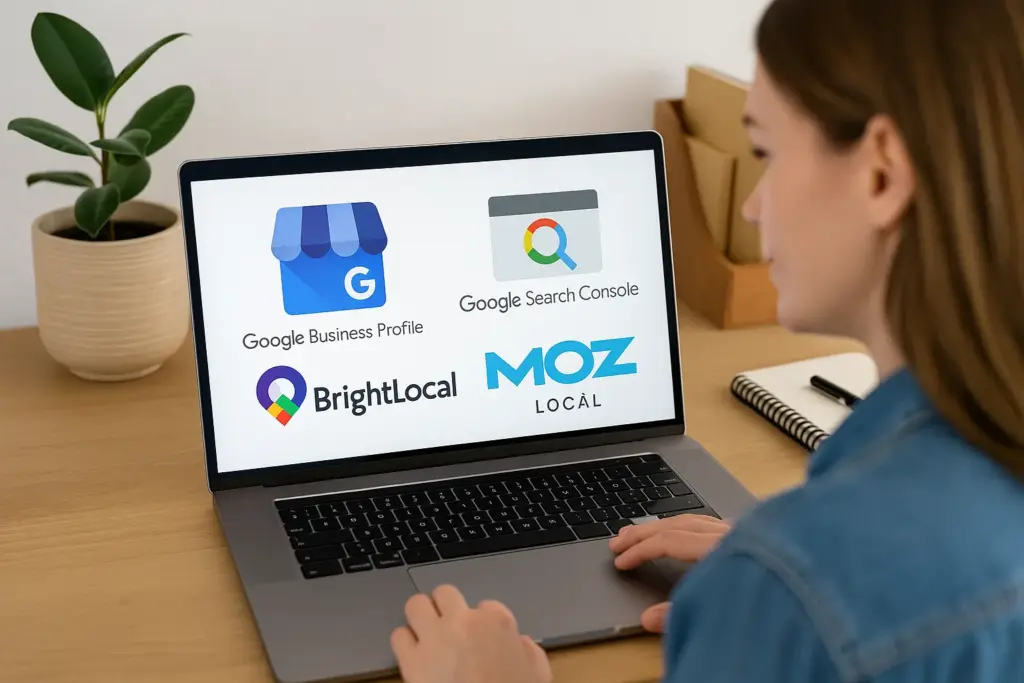
Based on our observations, businesses that regularly use these tools tend to rank higher in search results and can proactively address issues before they escalate.
Pro Tip: If you’re just getting started, begin with the Google Business Profile. Claiming and optimizing your listing is an important first step in enhancing your local SEO.
Coming up next, we’ll focus on creating content that keeps bringing people to your site long after they’ve visited.
Creating Valuable Content for Your Website Audience
Great content turns curious searchers into loyal customers. If your site answers their questions clearly, they’ll stay longer and they’ll be more convinced to call or book. The longer they stay, the more Google sees your content as useful, which helps push you higher in local search results.
Good SEO content does three things:
- Shows your expertise: Don’t just say what you do, explain how it helps. If you’re a local painter, write about how to choose weather-resistant paint for a coastal climate. Use real examples from recent jobs and describe what made those outcomes successful. The more specific you are, the more trust you build.
- Targets the right keywords: Include phrases people often search for, like “Westport pet grooming.” You can find these by typing your service into Google and looking at the autocomplete or “people also ask” boxes. Use the exact phrases in your page titles, subheadings, and opening lines to improve your chances of showing up.
- Proves your relevance: Link your content to local events, seasons, or current issues. A post about “prepping your home for hurricane season in Westport” shows that your business is tuned in to the community. That local context tells both Google and your readers that you understand their needs.
Not sure what to write about? Start with your most common customer questions. Then expand into short guides, seasonal advice, or “how-to” tutorials. Even a quick blog about “how to keep your pipes from freezing in winter” can bring steady traffic if it solves a real problem.
You’re writing to help the people in your town, and that’s what makes Google notice. Consistent, useful content shows that your site is alive, trusted, and deserves to be found.
Tracking Your SEO Performance

If you want better SEO results, you need to track what’s happening behind the scenes. Metrics show whether your site is attracting the right people and turning visits into real business. Without tracking, it’s impossible to know if your time and effort are paying off.
Here’s where to focus your attention:
- Traffic: Use Google Analytics to see how many people visit your site, what pages they read, and how long they stay. These signals tell Google how useful your content is. A sudden spike might mean your content is being shared, while a drop could signal a technical issue or weak content. Over time, tracking this helps you refine your pages.
- Search performance: Google Search Console shows what keywords people use to find you and how often they click through. You can see if you’re ranking for local terms like “Westport electrician” and track how that changes over time. Use this data to update your pages with higher-performing keywords.
- Local visibility: Tools like BrightLocal help you track where your business appears in Google Maps and the local 3-pack. You’ll see if you’re ranking higher in your area or slipping behind competitors, and it helps measure the impact of reviews, listings, and on-site changes.
- Conversions: Track actions like contact form submissions, phone calls, or bookings. These are your bottom-line results. Tools like Google Analytics or even basic call-tracking numbers can help you understand what’s driving customer action.
Pro Tip: Pick one metric that matters to you, like traffic or calls, and begin tracking it today. Doing this consistently helps you see patterns, avoid wasted effort, and focus your time on what moves the needle.
Visibility That Brings Results
Building local SEO is like planting seeds. You won’t see instant results, but with the right effort, it grows into steady visibility and long-term business.
We’ve covered the most impactful ways to attract local customers online. You know how to update your listings, ask for reviews, create helpful content, and measure what works.
Each of these steps supports your business by building real trust with search engines and your community.
Now’s the time to start turning that knowledge into action. Take one step today. Then another tomorrow. Before long, your business will be the one people find, trust, and choose.
To move faster, visit Westport Osprey and explore our tools and resources built for local businesses like yours.

